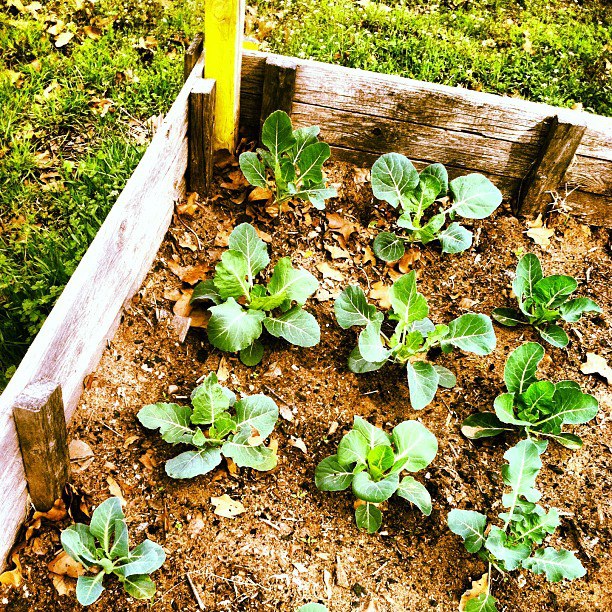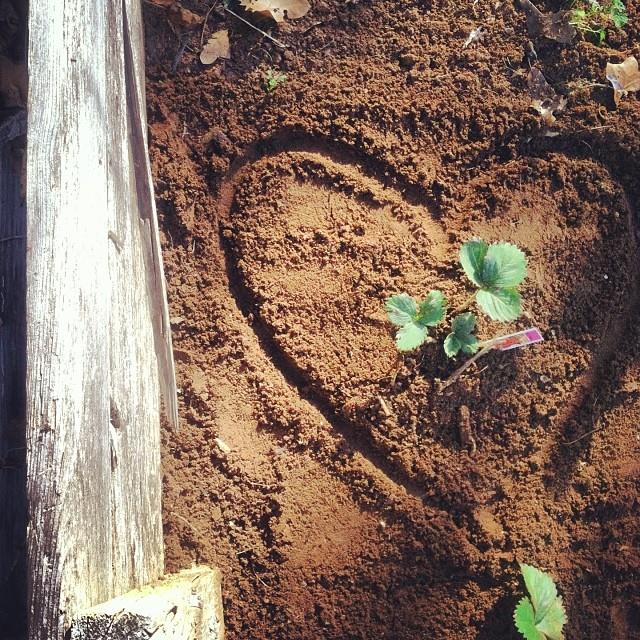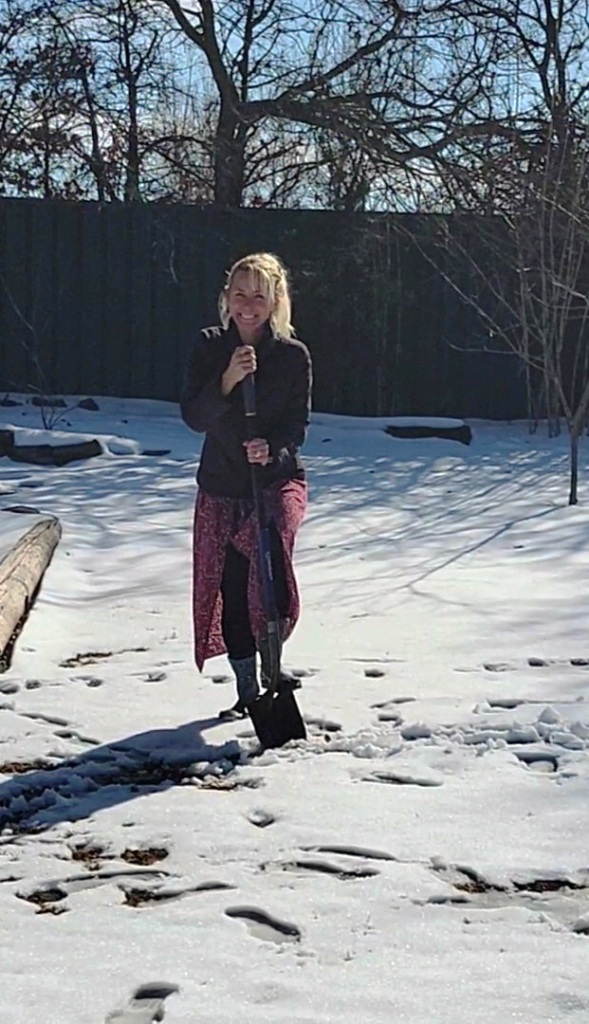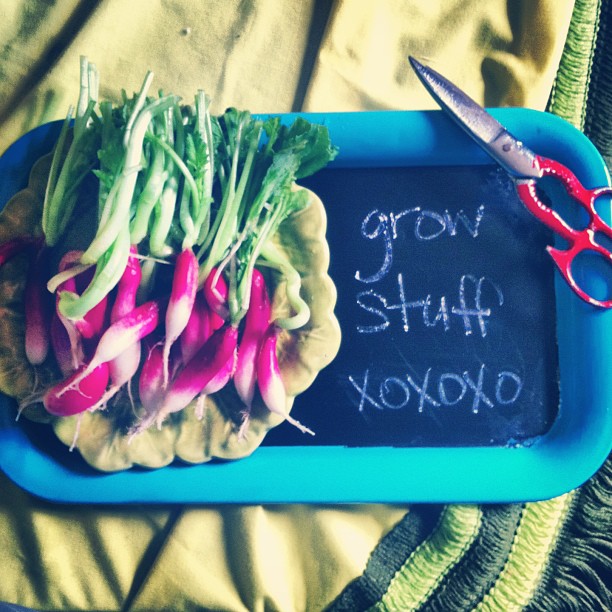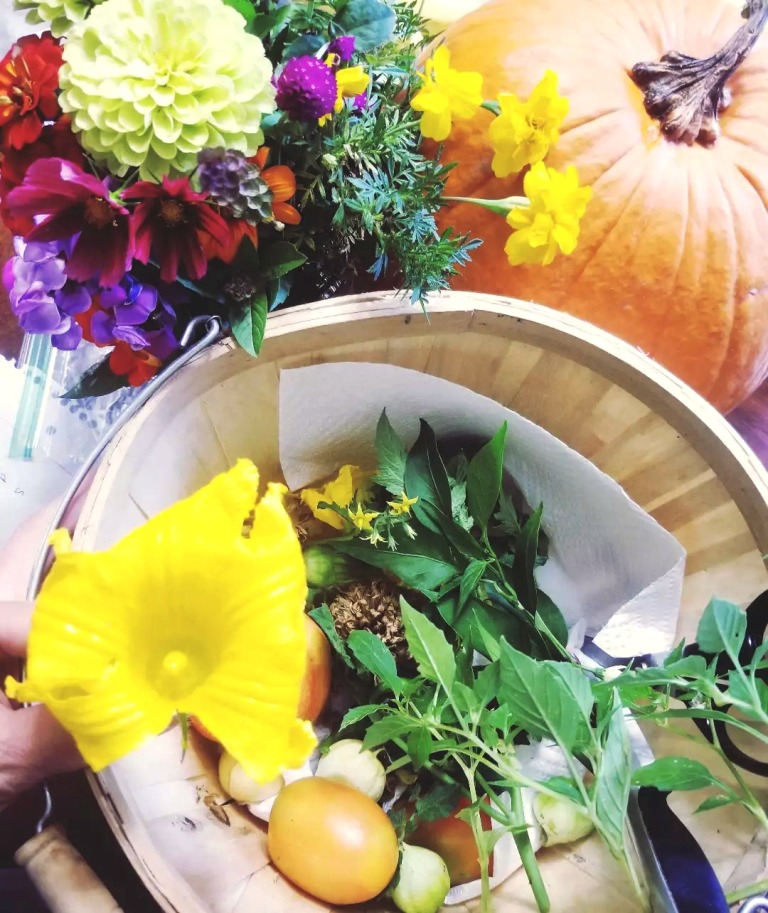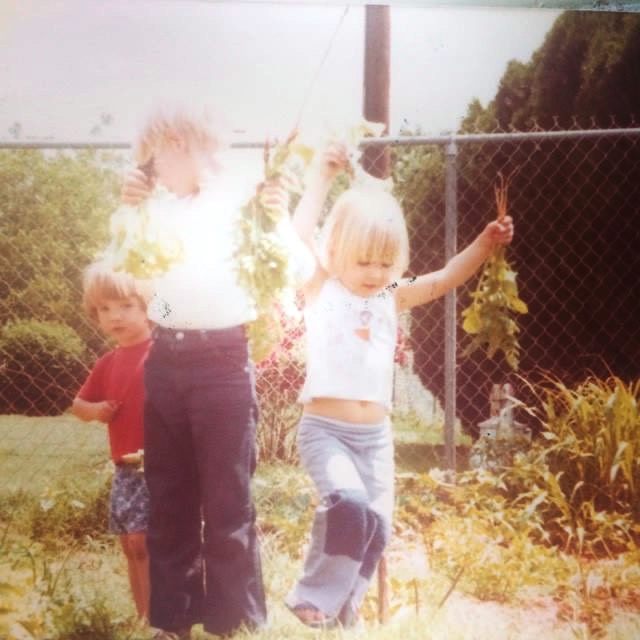Hey friends happy June! In many parts of my brain, it still feels like early April, with the cool mornings and extended rainy season; but it is absolutely, no doubt about it, the first day of the sixth month of the year.
A few days ago I had a moment when I realized how many of the things I long for all winter are tangibly available right now. Early daybreaks, warm weather running, emerald forests, animals that are slicked off and plump, chickens laying regularly, flowers in bloom, bats hunting at dusk, frog symphonies, the pool soon opening, you name it. I realized that this is what we have been waiting for, and if I’m not careful, I will speed my way right past it all.
Hey, we went to Luther, OK, yesterday with our dear friends Rex and Cathy. The purpose of our trip was to watch their Third Annual Pinebox Derby races, and that was so fun. But on our walk back to the truck I spotted this little pink house and wanted to tell you about it.
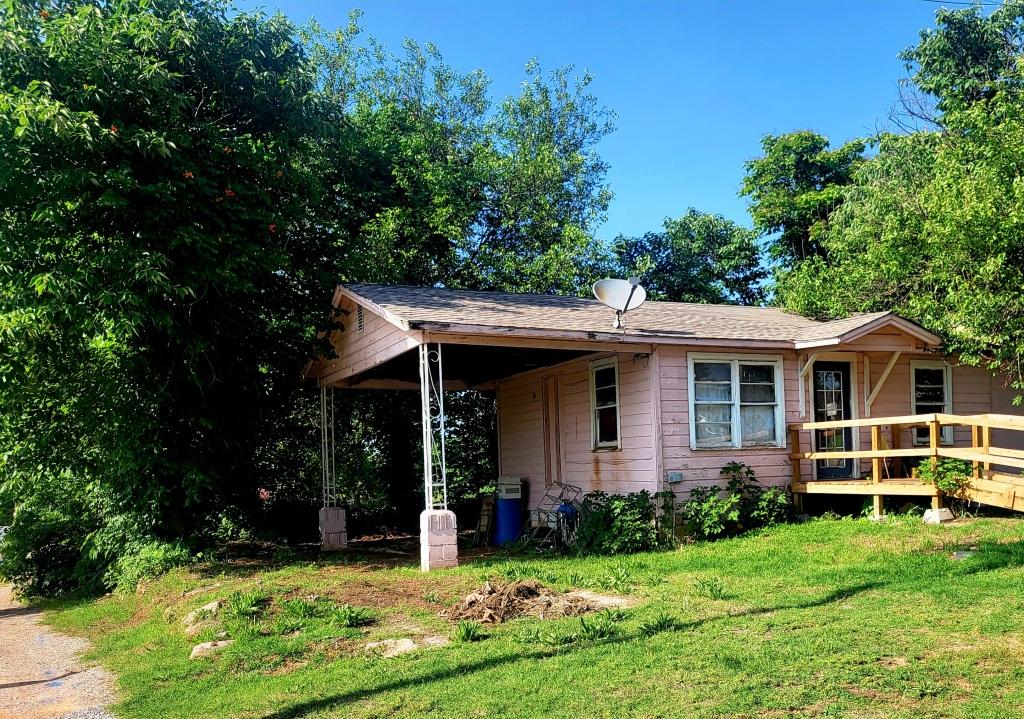
Then when I typed pink it came out punk over and over again, and honestly, soft pink is kind of a punk choice for a house color. John Mellencamp may be have been a different genre, but this kind of bold, authentic living doesn’t lie. My friend Trisha sparked a conversation about what kind of woman lived there and chose that color. She has, “the most amazing frames to her readers, who has aged with grace and laugh lines that can tell many stories… and she definitely has a cookie recipe she only shares with close friends.” I added she also has a secret salsa recipe and might have a parrot rather than a cat or dog. Only becasue her favorite dog, years ago, was irreceplaceable.
Fixing up the house itself is a certain kind of thought experiment; but the magic you could do with plants on a place like this. Man. So, since yesterday I have been mentally landscaping this tiny property. It would have zero trumpet vine, because good grief. And it would have boxwoods, native hydrangeas, lots of white gaura and impatiens, and hyacinth bean vines on that ramp. Maybe morning glories. The bed woud be curving and deep with room for herbs and flowers and just a handful of vegetables interspersed casually. The trees would be groomed back, making room for a big chain swing loaded with pillows for reading.
You know what? She does have a dog after all. Obviously. And all her neighbors love him.
Speaking of landscaping, I am waist deep in a brand new growing experiement here at our own place. Since Handsome built me a greenhouse in March, we have sectioned off a relatively large, full sun rectangle space adjacent to it for vegetables and wildflowers. It is proving to be more of a learning curve than I expected, and the challenge has also been much more fun than I expected. If you visit us anytime soon, please remember that the “Summer Garden” is in year one, and apparently I did not inherit whatever gene allows a person to dig a straight line.
It’s punk to grow in curves, ok?
As my friend Kelly suggested, some of the swooshes could be seen as little surprises in my timeline. The way life throws us curveballs that just beome part of our story. I’ll straighten some of the edges, but for Kelly’s explanation, at least one gets to stay.
I’ve read or listened to several good books recently, plus a few great ones. They have each nourished me in a dfferent way. Now, as per my summertime usual, I am about to indulge mostly in novels. So if you have any suggestions, please drop me a line!
I have also stacked up a few decent months of running and lifting that have me feeling healithier and more free than I have felt since way before the marathon last October, and I am on track to “run the year” again, at least so far. It’s truly wild how resilient and adaptive our bodies are. I still have nothing else planned, race wise; it’s just great to feel great. I know it’s a gift. I will admit, however, that dinner last week with some running friends left me feeling inspired to set a new goal…
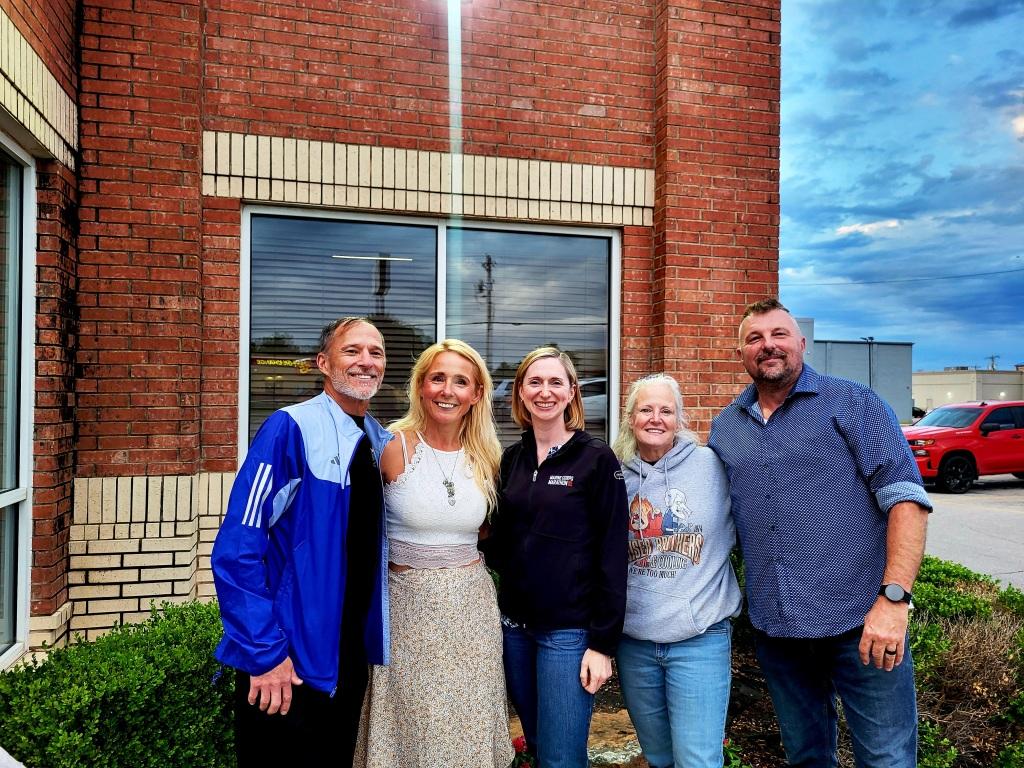
A few hundred other things have happened that deserve their own stories, and I may get around to that gradually. We also have a pretty full summer calendar humming at us from the wings. I hope you’ll check in, follow along, and share your stories, too.
Cheers to a brand new month with brand new pleasures and lots of work worth doing!
“And then, one fairy night,
May became June.”
~F. Scott Fitzgerald
XOXO













